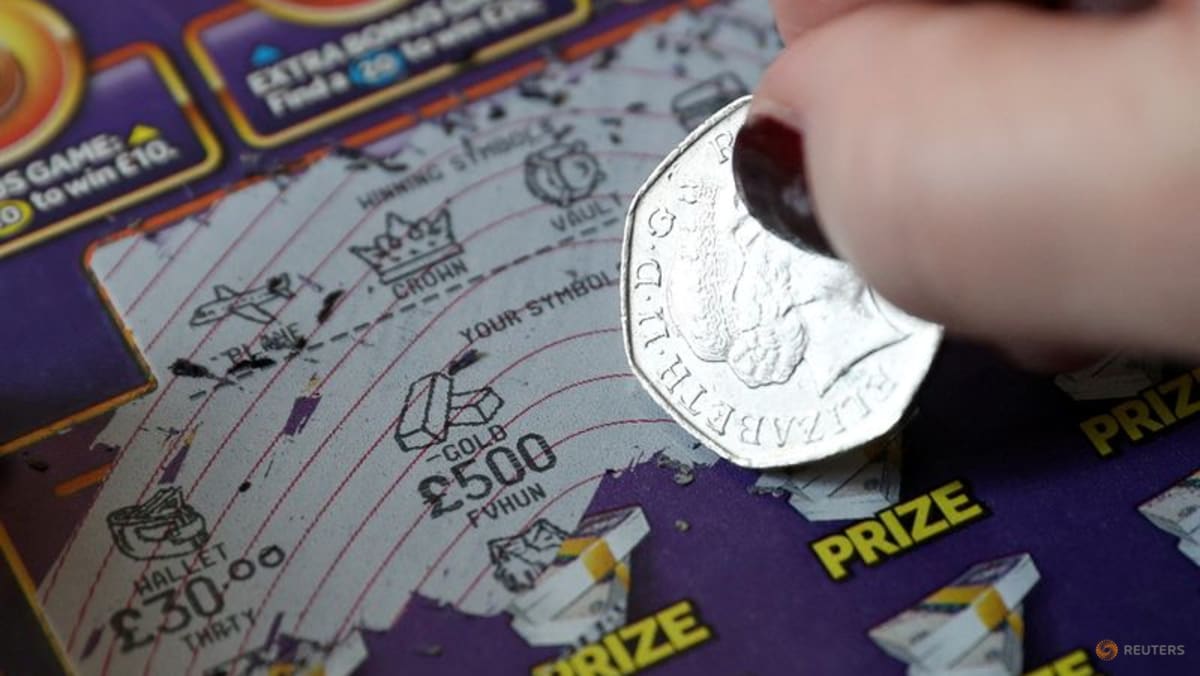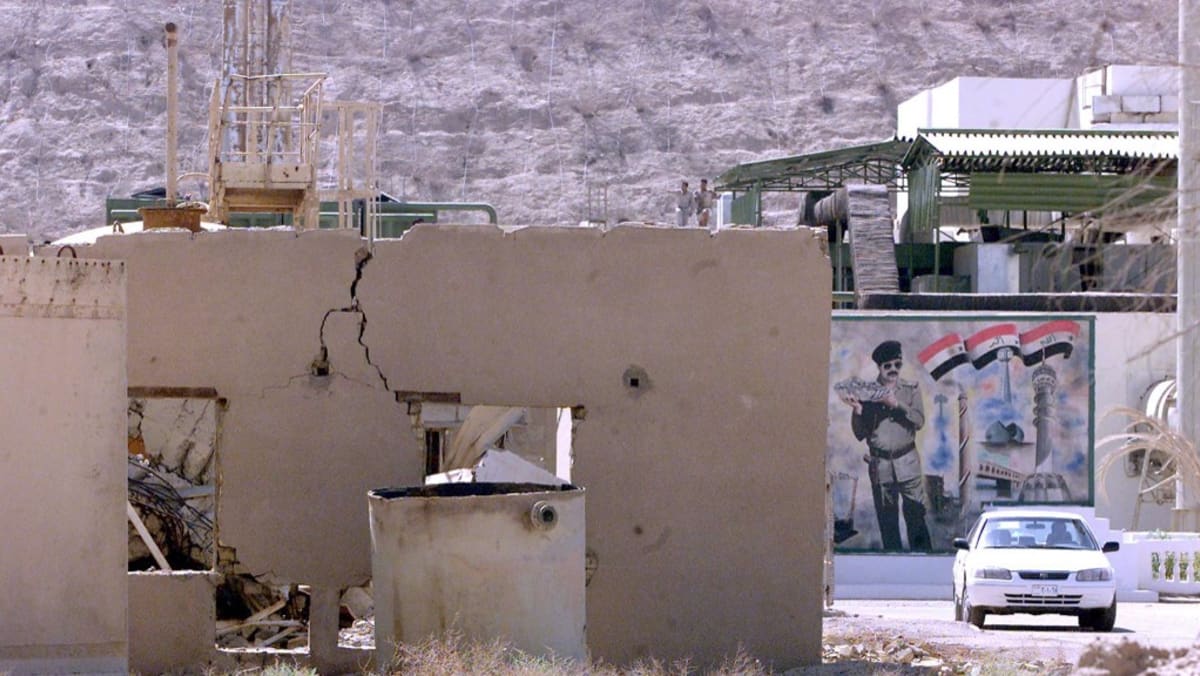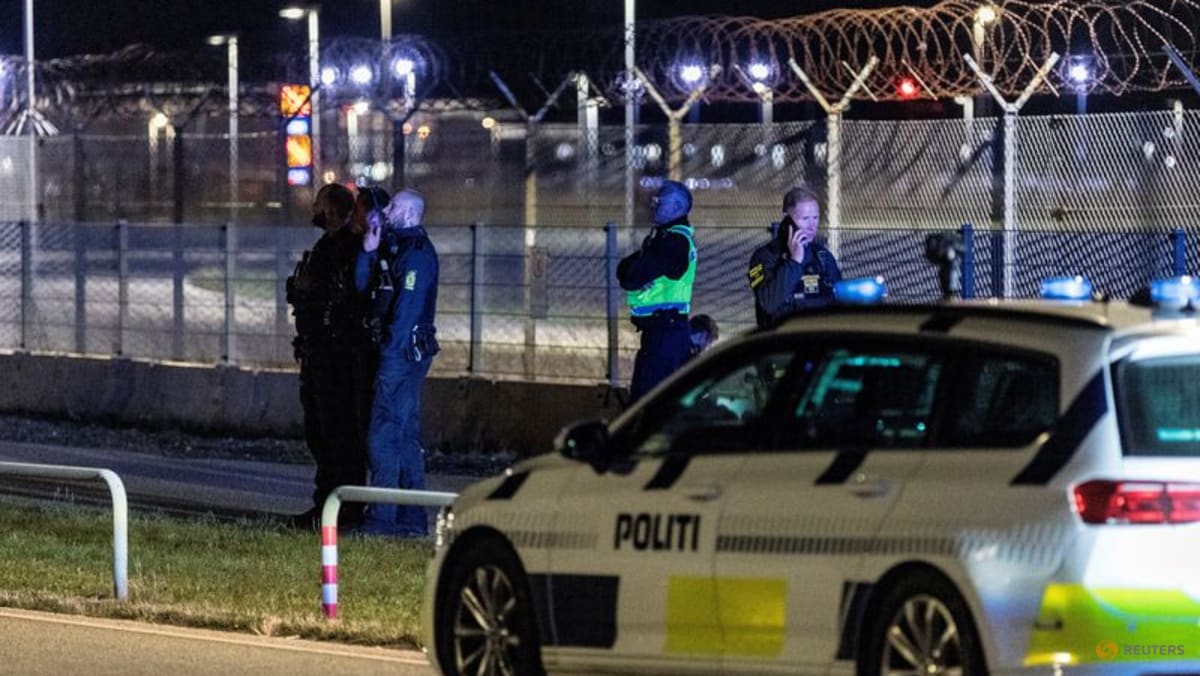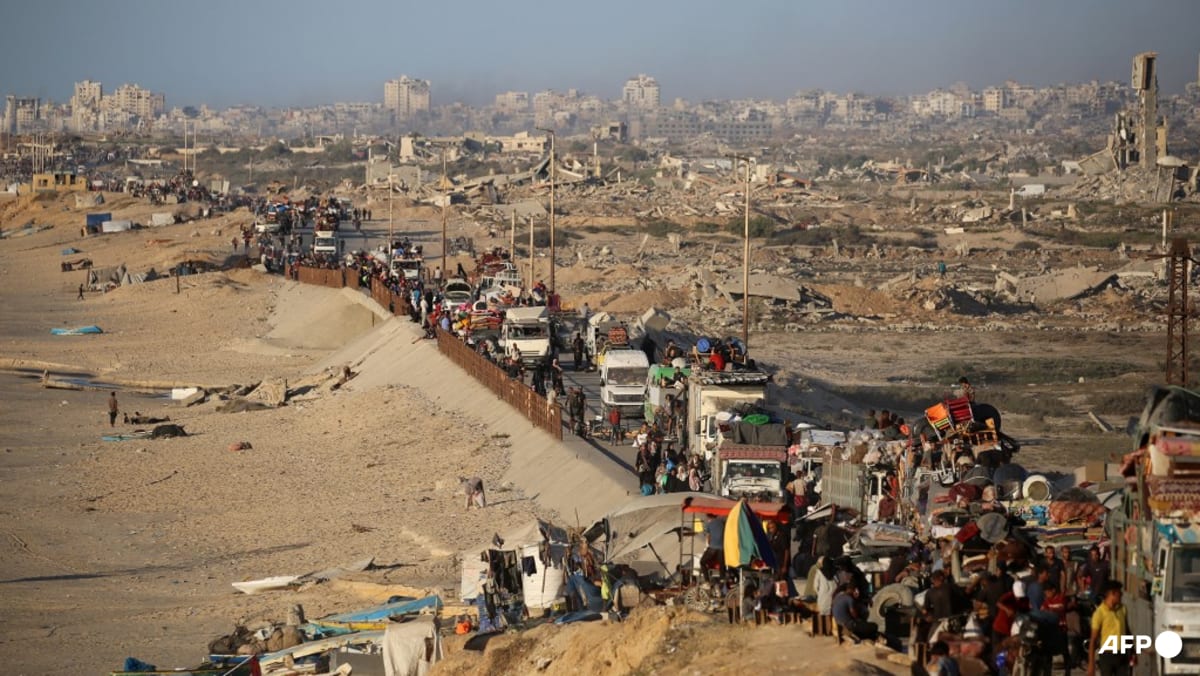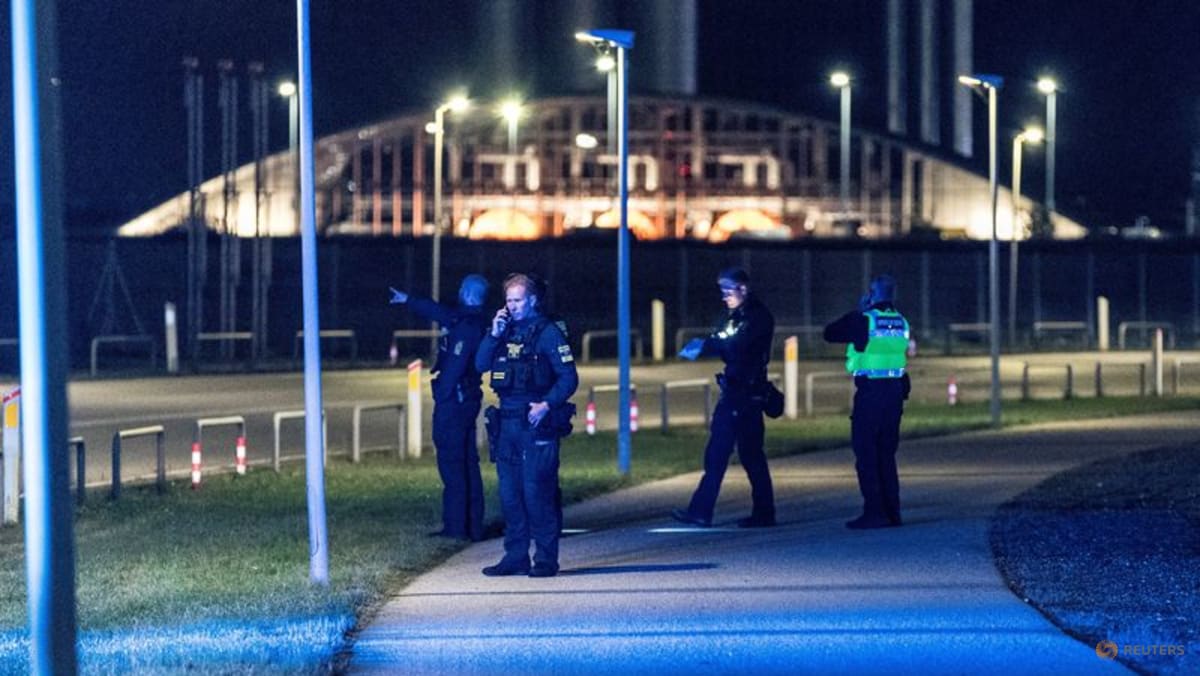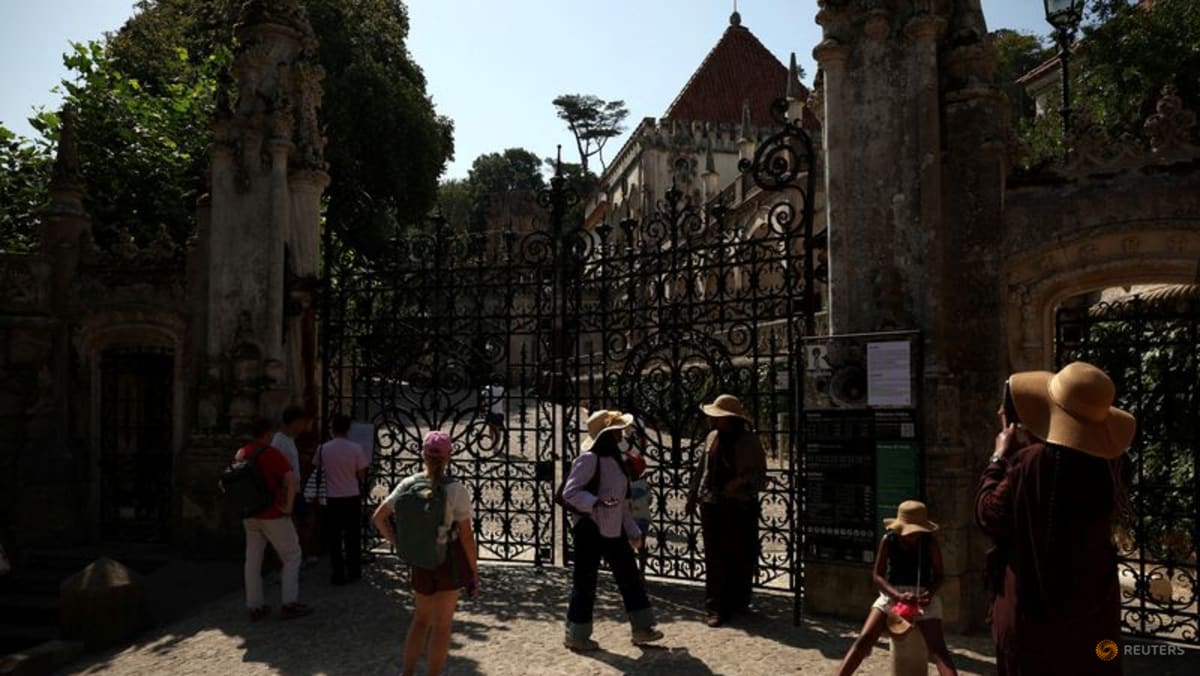IRAQ’S PROGRAMME BEGINS IN EARNEST
So what happened after the strike? Many analysts have argued that the Israeli attack, rather than diminish Iraqi desire for a nuclear weapon, actually catalysed it.
Nuclear proliferation expert Malfrid Braut-Hegghammer, the author of the 2011 study, concluded that the Israeli attack “triggered a nuclear weapons program where one did not previously exist”.
In the aftermath of the attack, Saddam decided to formally, if secretively, establish a nuclear weapons programme, with scientists deciding that a uranium-based weapon was the best route. He tasked his scientists with pursuing multiple methods to enrich uranium to weapons grade to ensure success, much the way the Manhattan Project scientists approached the same problem in the US.
In other words, the Israeli attack, rather than set back an existing nuclear weapons programme, turned an incoherent and exploratory nuclear endeavour into a drive to get the bomb personally overseen by Saddam and sparing little expense even as Iraq’s war with Iran substantially taxed Iraqi resources.
From 1981 to 1987, the nuclear programme progressed fitfully, facing both organisational and scientific challenges.
As those challenges were beginning to be addressed, Iraq invaded Kuwait in 1990, provoking a military response from the United States. In the aftermath of what would become Operation Desert Storm, United Nations weapons inspectors discovered and dismantled the clandestine Iraqi nuclear weapons programme.
Had Saddam not invaded Kuwait over a matter not related to security, it is very possible that Baghdad would have had a nuclear weapon capability by the mid-to-late 1990s.


